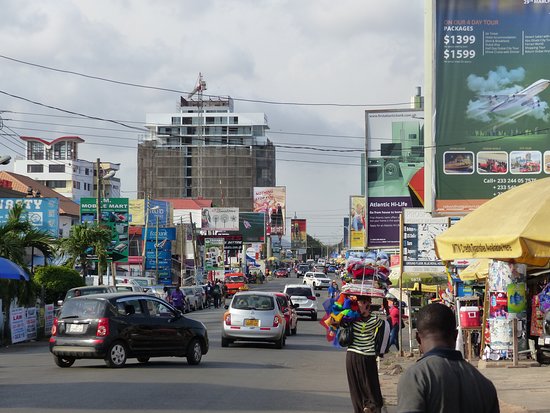
Streetism: Future of nation at stake!
All over the world, streetism has become a major canker with various governments struggling without success to curb it as the number of street children increase. A United Nations report on street children (May 2009) states that between 140,000 and 200,000 children, who for numerous reasons have left home or are born without homes, live on the streets for survival, but how best they feed themselves remains a mystery.
A Ghana Statistical Service (GSS) report, states that there are 5,000 children on the streets of Kumasi, with 3000 out of them being kayayes. These children have basically devoted their entire lives to carrying loads for a living, with most of them being under 15 years.
Advertisement
A census conducted on street children in the Greater Accra Region in 2011 by the Department of Social Welfare revealed that about 60,495 children lived and worked on the streets. It is sad, however, that these children, who carry loads in the scorching sun, are molested by the market men and women, owners of shops and sometimes commercial drivers.
Question
What is the Ministry of Gender, Children and Social Protection (MoGCSP) doing about streetism and its impact on children?
The 1992 Constitution states that the idea of children on the streets violates children's rights and the Children's Amendment Act, Act 937 of 2016 also states that under no circumstance should a person below the age of 15 be allowed to work or fend himself or herself. What we see when we move out of our homes to our workplaces is that street children are all over major roads.
A news report by the Ghana News Agency (GNA) in November, 2017, indicated the launch of a programme to deal with streetism and ensure that every citizen had quality access to social services of acceptable standards by the MoGCSP.
The initiative dubbed, "Operation get off the street now for a better life," was based on the findings and recommendations of a Mapping and Analysis of the Child Protection System Report on strengthening child and family welfare systems. The project is not a one-off event, but a process in identifying the number of persons on the streets, profiling, integrating them into society with their parents, caregivers and community. It will be implemented in the three phases, namely short- term, medium-term and long- term, to support the achievement of the Sustainable Development Goals (SDGs), most importantly, Goal one, two and five.
The initial phase, which will be one year, will include public sensitisation, targetting intended groups, the mapping of hotspot areas and the identification of shelters across the regions, data collection, management and analysis, re-integration activities of children of school age and skills training. The second phase, which is also a two-year term, will include linking street persons to social protection interventions such as the Livelihood Empowerment Against Poverty (LEAP) programme, the National Health Insurance Scheme (NHIS), the Ghana School Feeding Programme, the Free Senior High School (SHS) and the linking of people on the streets to technical and vocational skills acquisition for employment and job creation.
The last phase will include training of persons on the street to take advantage of reforestation, the hospitality industry, the Youth Employment Agency (YEA) and Planting for Food and Jobs (P4FJ). If we all stand to redeem the fate of these street children and make sure that the various provisions in the constitution for them are carefully implemented, the future of the country will be bright.




